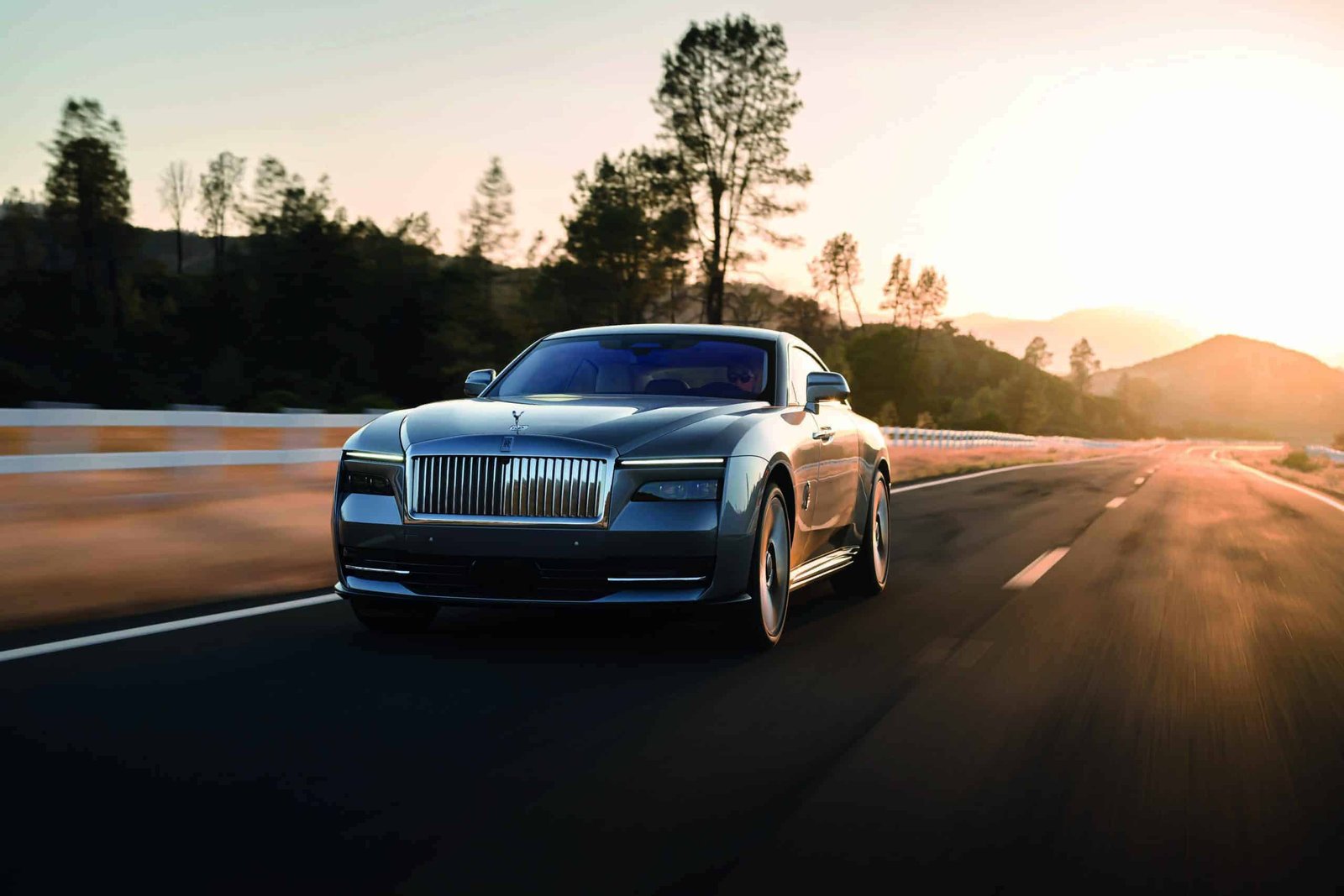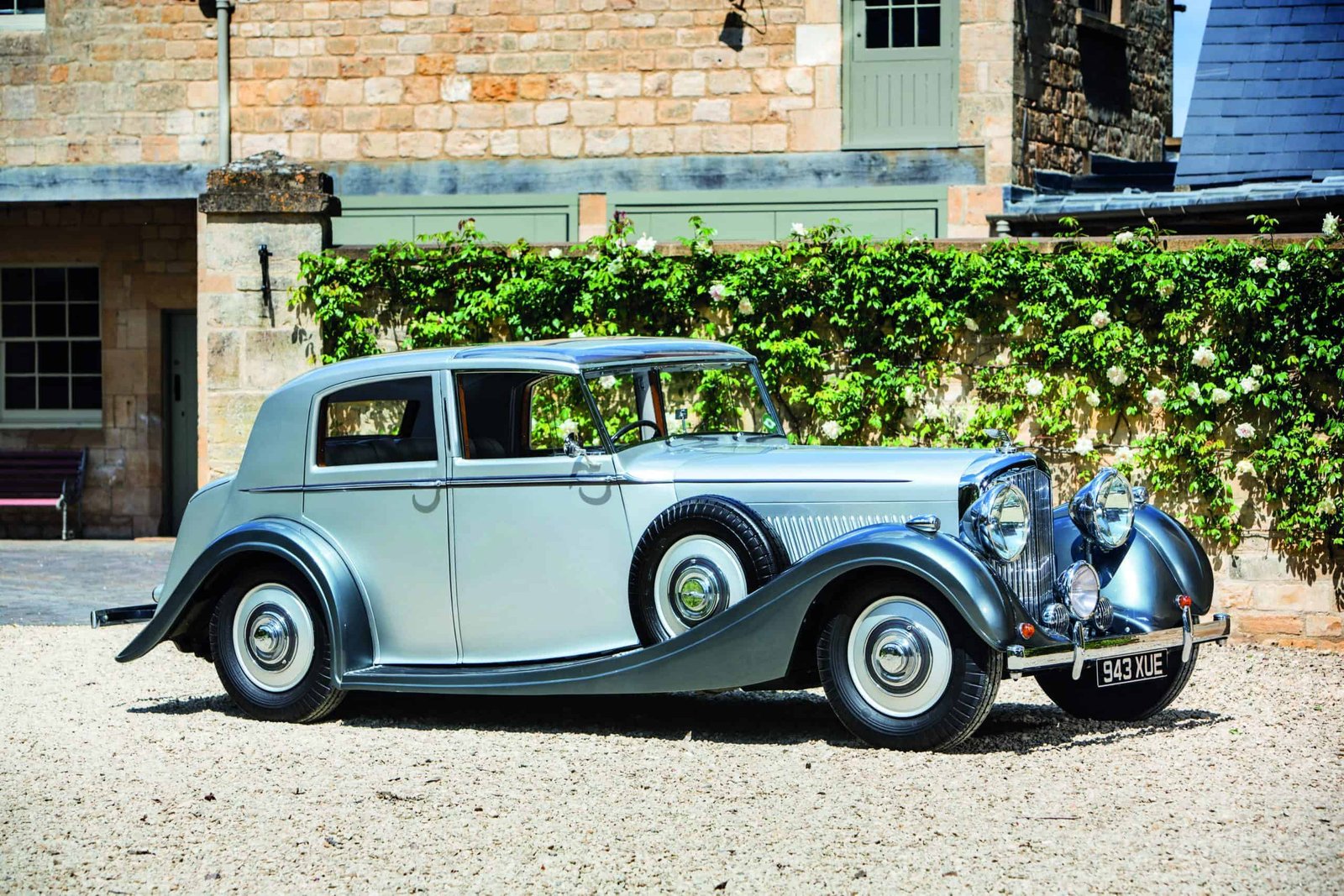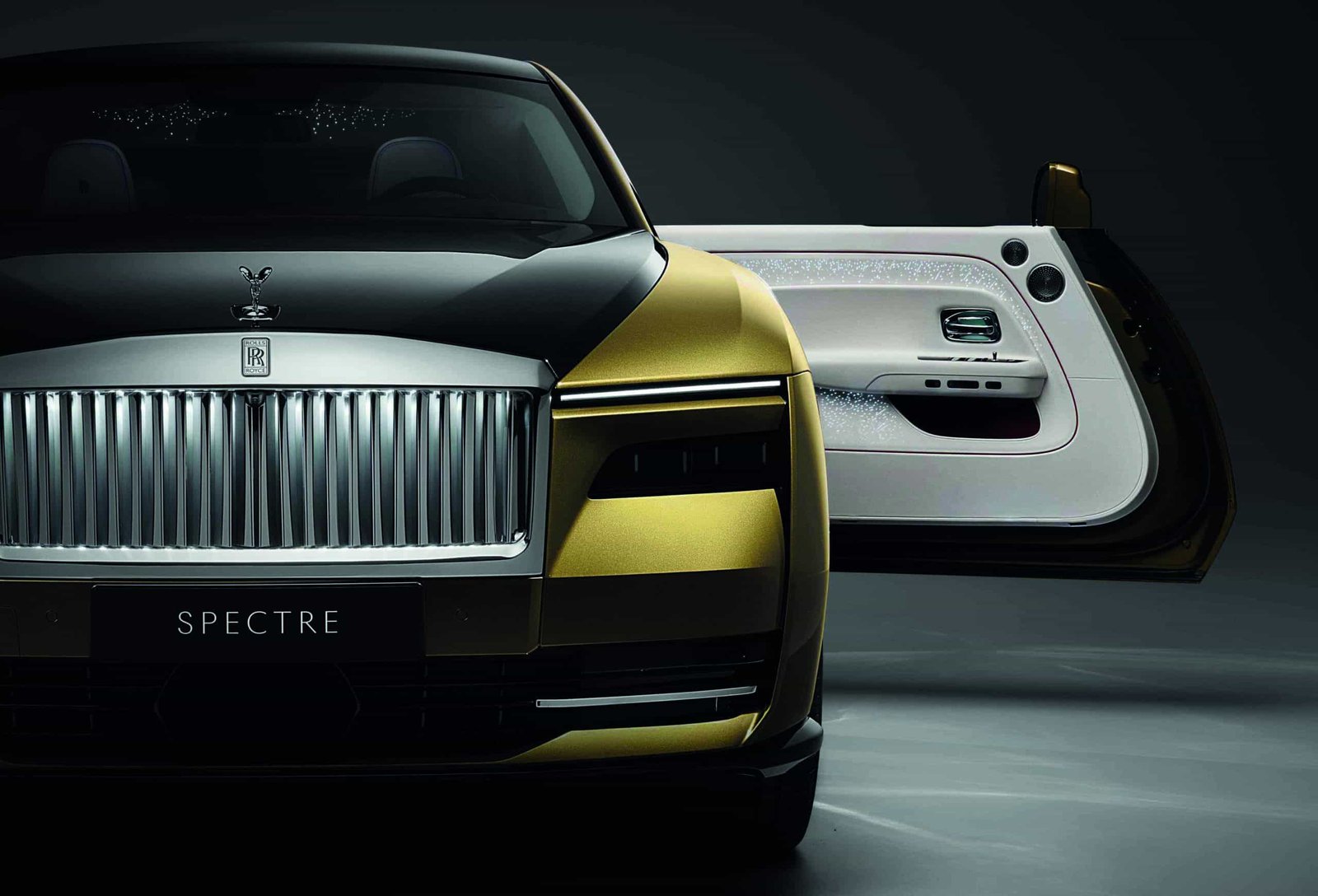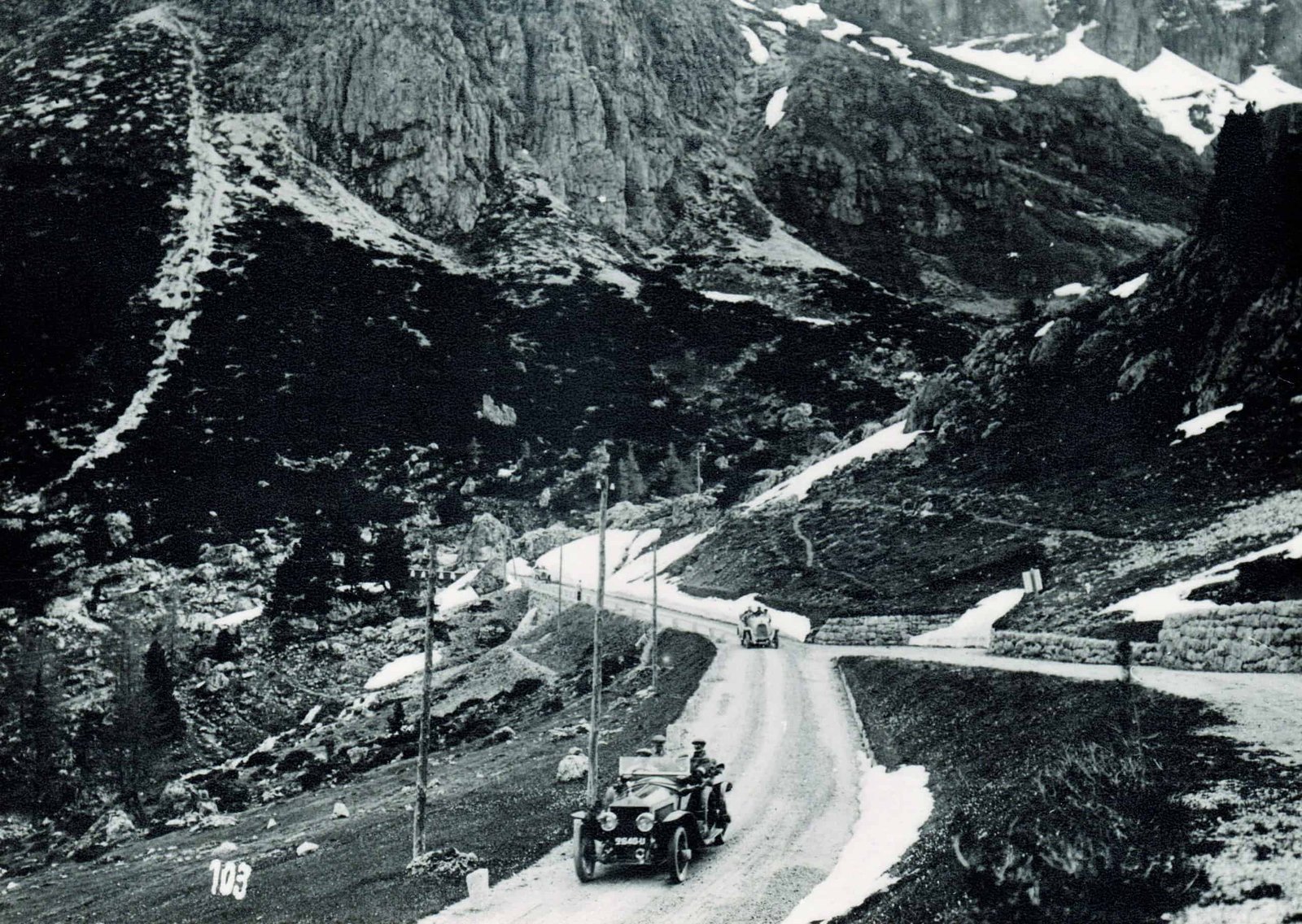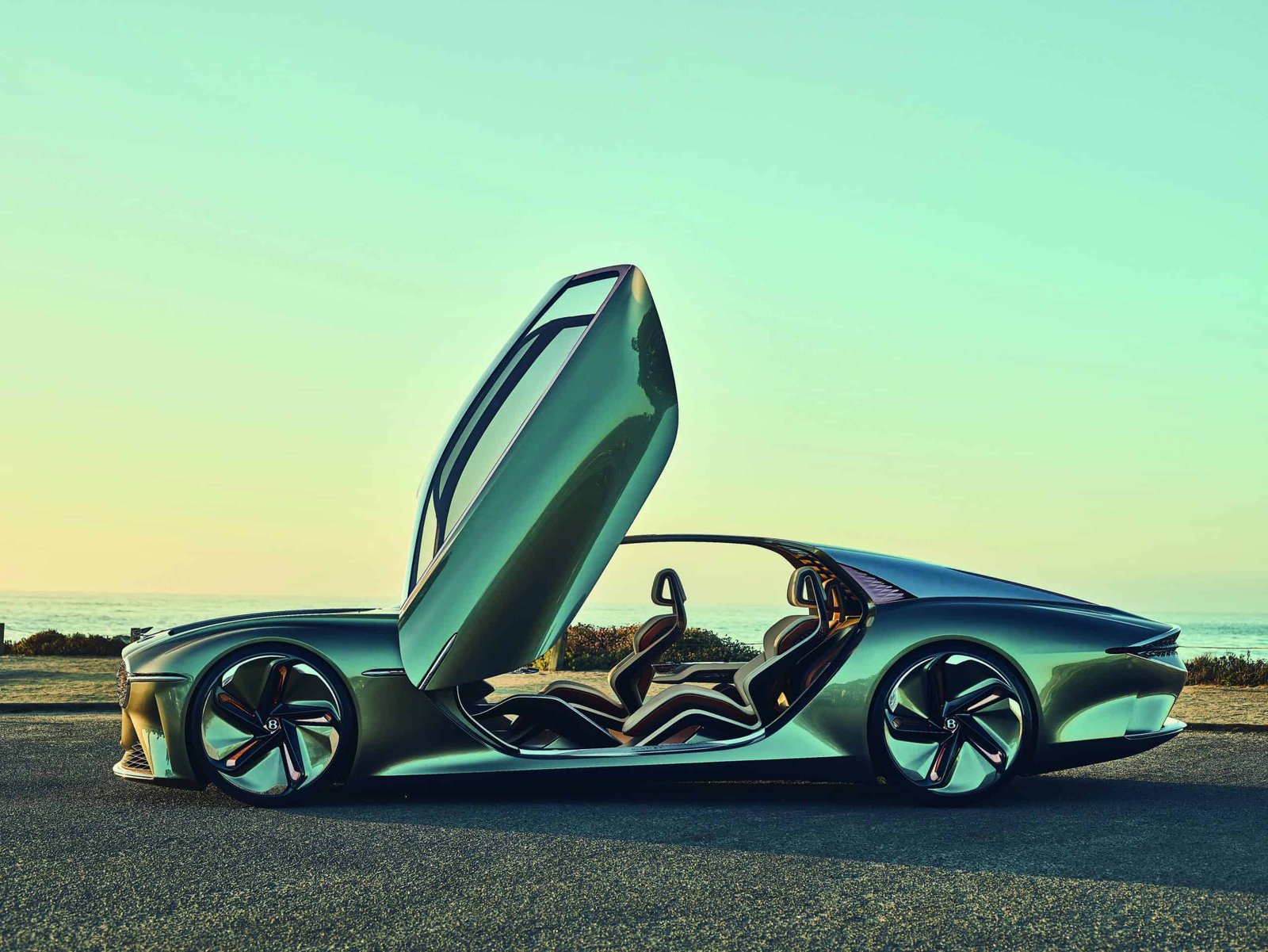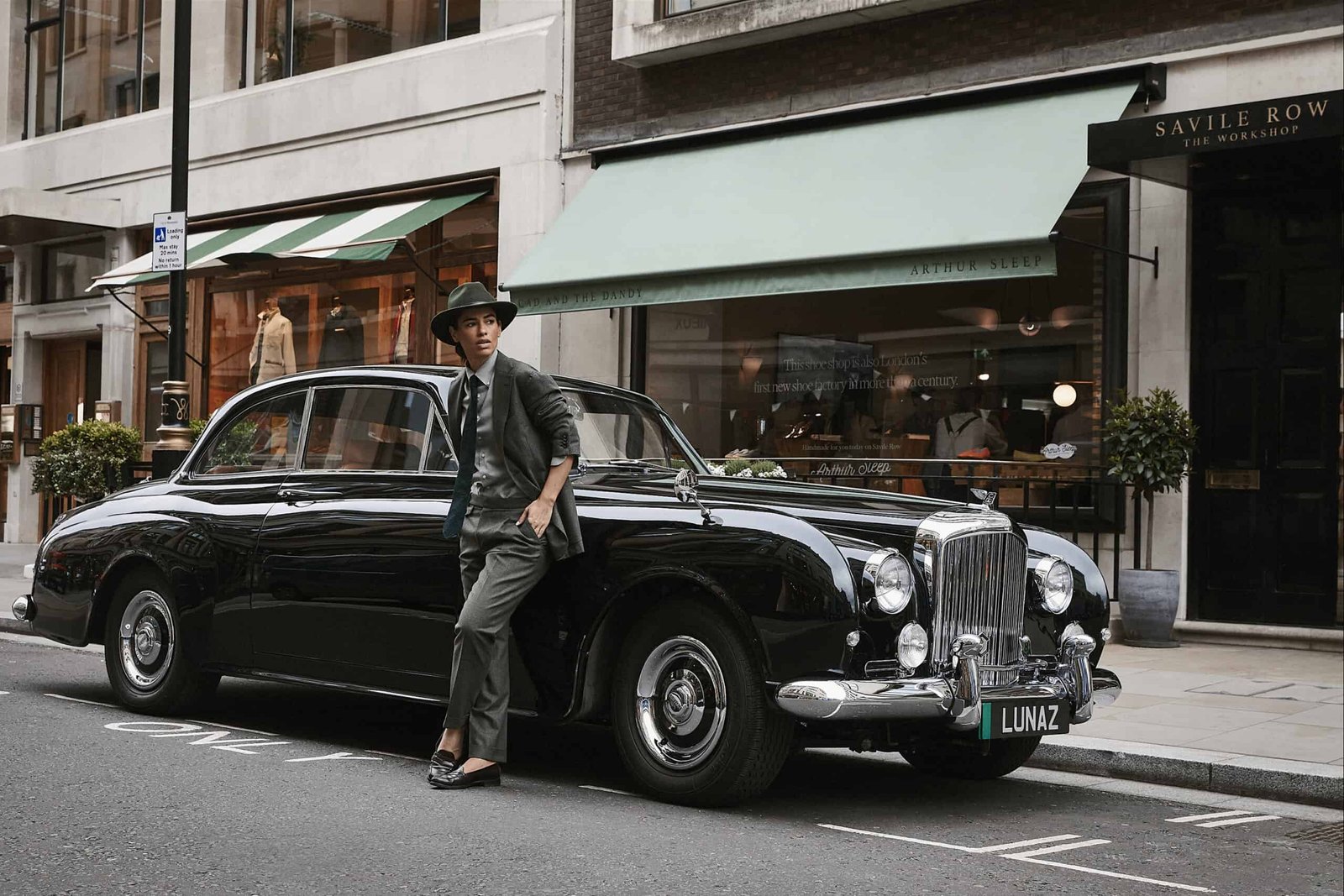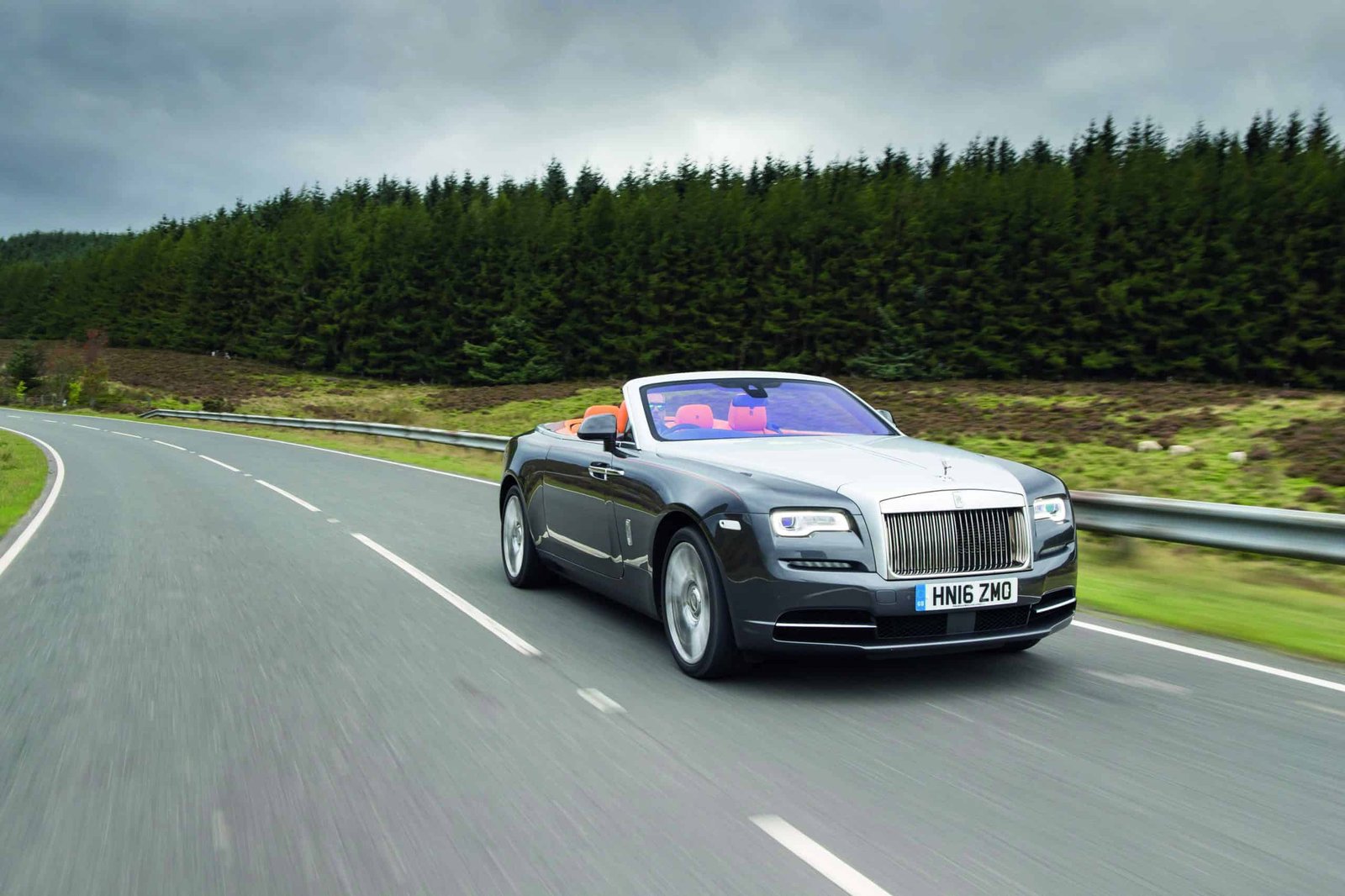Phantom VII, 2003
At one minute past midnight on 1 January 2003, a hush fell over the New Year’s Eve gathering at Goodwood as the owner of the first Phantom VII was handed the keys of his new car by then chairman Tony Gott. It was a moment that signified a new era for Rolls-Royce, one that was more than four years – or perhaps that should that be some 100 years – in the making, following BMW’s acquisition of the company in July 1998.
The new Phantom would become the embodiment of the Rolls-Royce philosophy for the 21st century. Physically imposing but of exceptional elegance, the car made a resounding statement. “Our absolute priority was to create a motor car that is clearly a Rolls-Royce, even when the radiator grille is not in view,” said Ian Cameron, chief designer. “More than this, the new car has to stand apart from all others on the road.”
Cameron and team appreciated that Rolls-Royce cars shared several distinctive features: a long wheelbase with a short front overhang and a long rear overhang, a long bonnet and large wheels with a diameter of about half the height of the overall car. The roofline should increase in depth as it nears the rear of the car, where it would blend into a strong C-post. The side profile should be broad-shouldered, while a rectangular front, dominated by the classic radiator grille and mascot, would give the finishing touch to the car’s presence.




